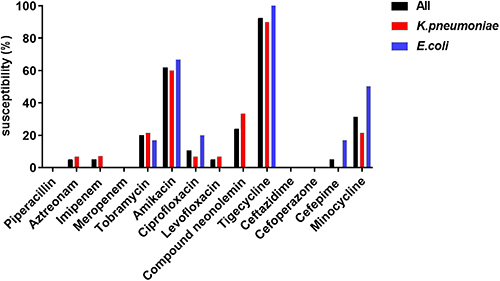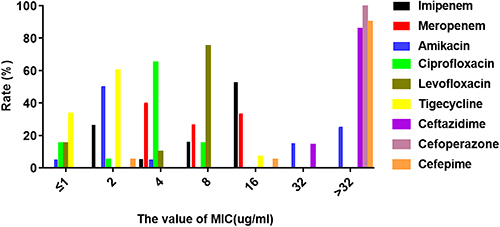Figures & data
Table 1 Comparison of Demographic Factors Among CRE and Non-CRE Groups
Table 2 Univariate Analysis and Multivariate Logistic Regression Analysis of Risk Factors for CRE Colonization in Colonized versus Non-Colonized Patients
Table 3 Univariate Analysis of the Risk of Development of Invasive Clinical CRE Infection in the Sample



